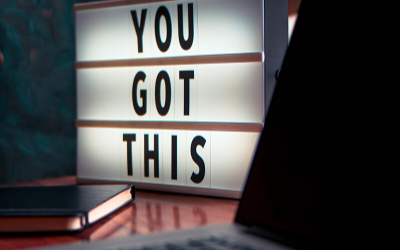One of the best teams I’ve ever been a part of occurred over the past few years. I was on a board of a local nonprofit that was making a major transition. The board assigned a team to lead the transition, but it did more than just assign the team; the board designed the team.
Our team was selected for the variety of strengths we all brought to the table. I was put on the team because of my ability to ideate and manage uncertainty. Another person was brought onto the team because of her ability to work through details. One person was great at handling people’s feelings and helping them feel comfortable with change. A person was great at forming relationships. Another was great at skeptically looking at everything we did and challenging us to make sure we were right.
The key to designing our team was that we were very well versed in each other’s strengths. Everyone within this nonprofit had taken a strengths assessment; in this case it was Gallup’s Strengthsfinder. Strengthsfinder identifies the top 5 strengths for each person. Those strengths fall into 4 categories; influencing, strategic, relationship building, and execution. It wasn’t hard when creating the team to consider each domain and make sure that we had diverse strengths on the team.
Another assessment that can be used is our own communication styles assessment. This simple assessment determines a person’s dominant communication styles selecting from go-getter, whiteboarder, outliner, and empathizer. The go-getter is a person who likes to take action. A whiteboard user is someone who loves to ideate. An outliner is someone who likes to dive into the details. An empathizer is someone who focuses on people’s feelings. As you can image, the best teams need all 4 styles to be successful.
Whatever assessment you use, and there are lots to choose from, you should consider taking an inventory of the strengths within your team. This will not only help the individual people to develop themselves, but it will also give you the capability of designing teams with diverse strengths to maximize their ability to succeed.
Diverse teams also have a variety of strengths, backgrounds, and perspectives. Teams are better when they include people who think differently from each other. You get more perspectives and more knowledge on the team.
There is nothing more powerful than a good team. Good teams can just happen, but they are more likely to happen when you design them to contain diverse strengths and perspectives.




